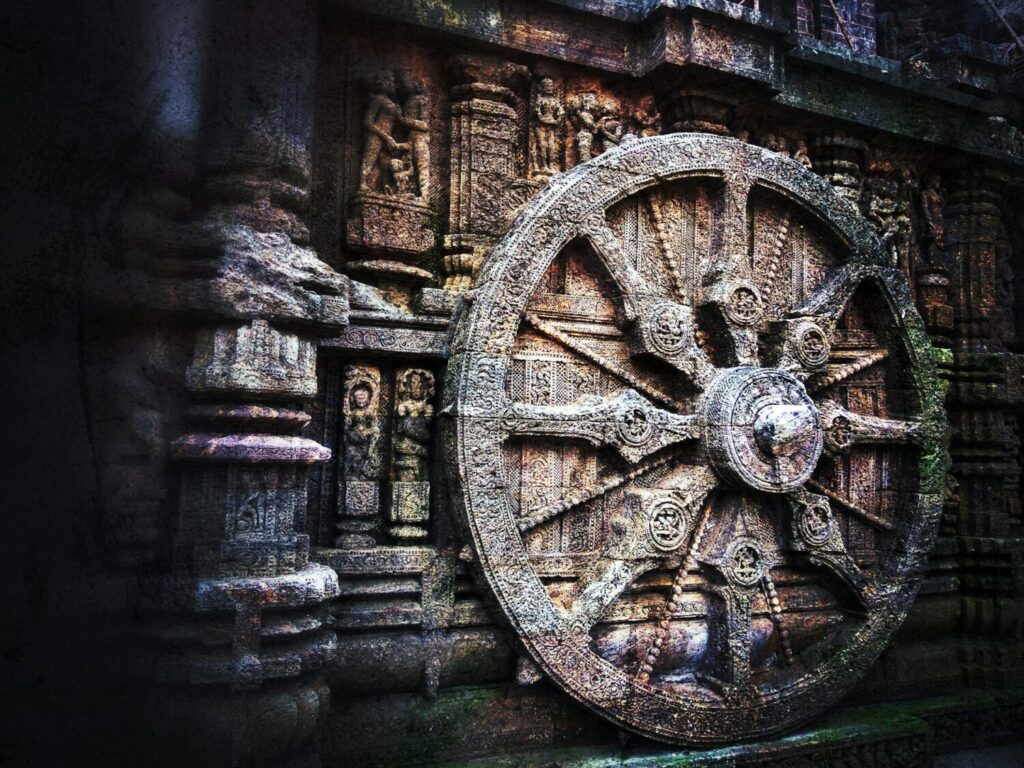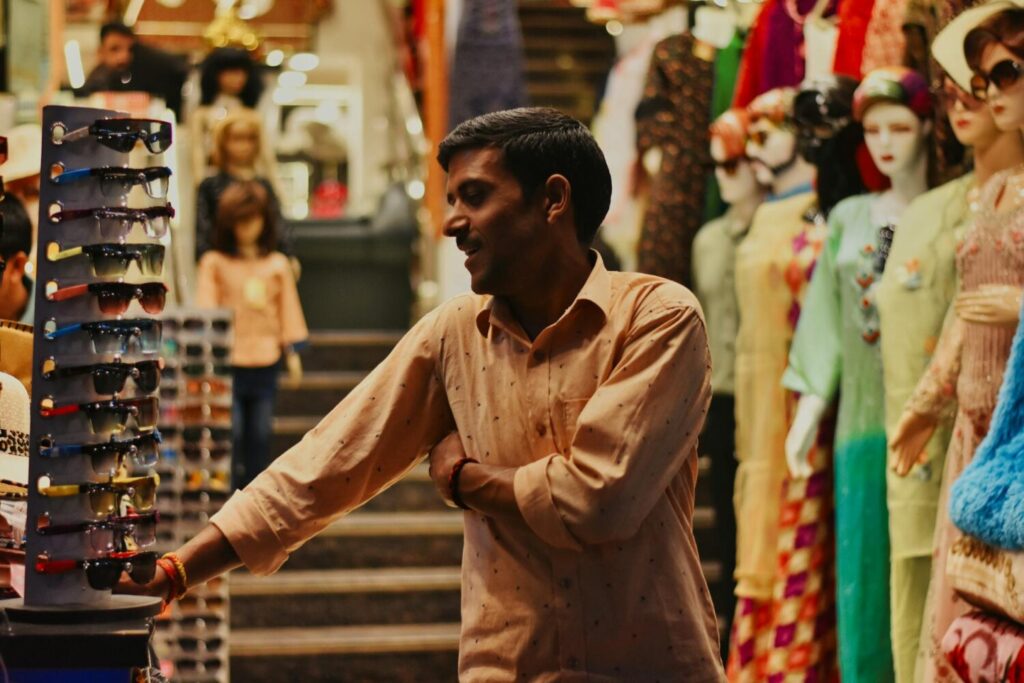As India celebrates its 79th Independence Day on August 15, 2025, the nation stands at a pivotal moment in its economic journey. From a fragile, post-colonial economy in 1947 to the world’s fourth-largest economy in 2025, India’s growth story is one of resilience, innovation, and ambition.
Prime Minister Narendra Modi’s historic 103-minute speech from the Red Fort highlighted bold initiatives, reaffirmed India’s economic trajectory, and set the stage for a $7 trillion economy by 2030. This article delves into India’s economic status, demographic insights, the Micro, Small, and Medium Enterprises (MSME) sector, military economic contributions, youth employment, and business predictions for 2030.

India’s Economic Status in 2025
India has solidified its position as the world’s fourth-largest economy, surpassing Japan with a GDP of over $4 trillion in 2025, as announced by NITI Aayog. The economy is projected to grow at 6.5–6.7% in 2025 and 2026, outpacing many global counterparts, according to the IMF and the United Nations. This growth is driven by a robust services sector (IT, fintech, telecom), strong domestic consumption, and digital infrastructure like UPI and the JAM trinity (Jan Dhan-Aadhaar-Mobile). Nominal GDP has risen from ₹106.57 lakh crore in 2014–15 to ₹331.03 lakh crore in 2024–25, reflecting a decade of transformative policies under PM Modi’s leadership.
However, challenges persist. Per capita GDP remains low at approximately $2,500, ranking India 141st globally, and wealth inequality is stark, with the top 1% holding over 40% of the nation’s wealth. Initiatives like Aatmanirbhar Bharat and GST reforms aim to address these gaps by fostering inclusive growth and reducing red tape. PM Modi emphasized that India is on track to become the third-largest economy, potentially by 2028, with projections of adding $1 trillion to GDP every 12–18 months until 2047.

Total Families in India
Estimating the total number of families in India is complex due to varying household sizes and demographic shifts. Based on the 2011 Census, India had approximately 24.8 crore households with an average household size of 4.8 persons. With a population of 140 crore in 2025 (projected from UN and World Bank estimates), and assuming a slightly reduced average household size of 4.5 due to urbanization and nuclear family trends, India likely has around 31 crore households or families in 2025.
Rural areas, where 51% of MSMEs operate, account for a significant portion of these households, emphasizing the rural-urban economic divide. Accurate 2025 household data awaits the delayed 2021 Census, expected to be updated by 2026.
Growth of MSMEs in India
The MSME sector is the backbone of India’s economy, contributing 30% to GDP, 45% to exports, and employing 11–25 crore people across 7.4 crore enterprises as of MSME Day 2025. The sector’s Gross Value Added (GVA) share has grown from 27.3% in 2020–21 to 30.1% in 2022–23, showcasing resilience despite global economic challenges. MSMEs span manufacturing (31%), trading (36.3%), and services (32.7%), with over 50% located in rural areas, fostering inclusive growth.
The Startup India initiative, launched in 2016, has fueled MSME growth, with 187,219 DPIIT-recognized startups by August 2025, creating 1.5 million direct jobs and supporting millions indirectly. Sectors like fintech (20% market share), edtech, healthtech, and agritech are thriving, with GenAI startups raising $524 million in 2025 alone. Government schemes like the Fund of Funds for Startups (₹10,000 crore) and the Credit Guarantee Scheme for Startups have bolstered this ecosystem. However, challenges like a ₹30 lakh crore credit gap, delayed payments, and low technology adoption (84% of MSMEs hesitate digitally) persist.

Total MSME Map
India’s MSME landscape is geographically diverse:
- Uttar Pradesh, West Bengal, Tamil Nadu, Maharashtra, and Karnataka lead in MSME registrations, accounting for over 50% of the 7.4 crore enterprises.
- Rural Dominance: 51% of MSMEs operate in rural areas, focusing on agriculture, handicrafts, and small-scale manufacturing.
- Tier II/III Cities: Cities like Indore, Coimbatore, Jaipur, and Bhubaneswar are emerging as startup hubs, contributing 55% of new registrations in 2025, up from 40% in 2022.
- Sectoral Spread: Manufacturing MSMEs dominate in states like Gujarat and Tamil Nadu, while service-based MSMEs thrive in Karnataka and Delhi. Fintech and e-commerce are concentrated in urban hubs, whereas agritech and sustainability ventures are growing in Punjab and Uttar Pradesh.
The Udyam Registration Portal has streamlined MSME formalization, with 6.2 crore registrations by March 2025. Initiatives like the Bharat Startup Ecosystem Registry and Atal Innovation Mission (10,000+ Atal Tinkering Labs) ensure MSMEs in remote areas are integrated into the ecosystem.
Schemes for Business in PM Modi’s Independence Day 2025 Speech
In his record-breaking 103-minute speech, PM Modi announced several business-focused initiatives to accelerate economic growth:
- GST Reforms (Diwali Gift): Next-generation GST reforms will be unveiled by Diwali 2025, reducing taxes on essential goods and easing compliance for MSMEs, local vendors, and consumers. A Reform Task Force will drive these changes to support a $10 trillion economy by 2047.
- PM Viksit Bharat Rozgar Yojana: This ₹1 lakh crore employment scheme aims to create 3.5 crore jobs over two years, offering ₹15,000 monthly financial support to newly employed youth, benefiting 3 crore individuals.
- Fund of Funds for Startups (FFS): Continued support with over ₹10,000 crore committed to early-stage ventures, alongside tax exemptions under Section 80-IAC.
- MSME Support: Schemes like the PM Vishwakarma Scheme (₹13,000 crore for artisans) and the revamped Credit Guarantee Fund Trust for Micro and Small Enterprises (CGTMSE, with a doubled loan ceiling of ₹10 crore) were highlighted to empower MSMEs.
- Public Procurement Policy: Mandates 25% procurement from MSMEs by Central Ministries, with specific quotas for SC/ST (4%) and women-owned (3%) enterprises.
These initiatives align with the Atmanirbhar Bharat vision, emphasizing local manufacturing, innovation, and reduced regulatory burdens.
Military Economic Status
India’s military expenditure in 2025 is approximately $81 billion (₹6.8 lakh crore), making it the fourth-largest defense spender globally, behind the US, China, and Russia (SIPRI data). The defense sector contributes to economic growth through:
- Domestic Manufacturing: The ‘Make in India’ initiative has boosted indigenous defense production, with 68% of the 2025–26 defense budget allocated to domestic procurement.
- Mission Sudarshan Chakra: Announced by PM Modi, this mission aims to develop an Iron Dome-like defense system by 2035, leveraging Indian R&D and youth talent to counter terrorist threats and modernize security.
- Nuclear Energy Expansion: Ten new nuclear reactors are under construction, with a goal to increase nuclear power capacity tenfold by 2047, supporting energy security for military and civilian needs.
- Job Creation: The defense sector employs over 3 million personnel (active and civilian) and supports MSMEs through supply chains, with 12,000+ defense startups registered under iDEX (Innovations for Defence Excellence).

However, India’s defense spending (1.9% of GDP) is lower than China’s (1.7–2%) and lags in R&D investment (0.7% of GDP vs. China’s 2.4%). Strengthening academia-industry linkages and increasing R&D funding are critical for self-reliance.
Youth Employment Status
Youth unemployment remains a concern, with rates hovering at 15–18% for the 15–29 age group, particularly among graduates. Despite 6.5% GDP growth, job creation has not kept pace, with the informal sector dominating 90% of employment, offering low wages and job security. Key insights:
- PM Viksit Bharat Rozgar Yojana: Targets 3.5 crore jobs by 2027, focusing on youth with financial incentives.
- Startup Ecosystem: Over 1.5 million direct jobs created by 187,219 startups, with Tier II/III cities emerging as employment hubs.
- Skill India 2.0: Revamped Industrial Training Institutes (ITIs) aim to skill 10 million youth annually, targeting labor-intensive sectors like textiles and tourism.
- Challenges: Agricultural distress (45% workforce, 18% GDP) and manufacturing underperformance (16–17% GDP vs. 25% target) limit formal job creation.
Women’s participation is rising, with 18% of startups led by women (up from 10% in 2019), but rural youth and graduates face skill-job mismatches.
India Business Prediction 2030
By 2030, India’s GDP is projected to reach $7.3 trillion, making it the third-largest economy, surpassing Germany. Key predictions include:
- Startup Ecosystem: India could have 1 million startups, contributing 5–7% to GDP, driven by AI, blockchain, and green energy.
- MSME Growth: MSMEs are expected to contribute 35% to GDP and 50% to exports, with digital adoption (cloud, AI analytics) and green technology reducing operational costs.
- Manufacturing Push: Initiatives like PLI, Bharatmala, and Sagarmala aim to increase manufacturing’s GDP share to 20% by 2030, supported by industrial clusters and SEZs.
- Digital Economy: Fintech, e-commerce, and agritech will drive rural-urban integration, with ONDC and GeM expanding market access for MSMEs.
- Challenges: Addressing the ₹30 lakh crore MSME credit gap, regulatory simplification, and skilling 47% of MSME workers for digital roles are critical.
- Global Role: Free Trade Agreements (FTAs) and a $1 trillion startup economy will position India as a global innovation hub, with 200+ unicorns by 2030.
Conclusion
India’s 79th Independence Day marks a celebration of economic sovereignty and entrepreneurial spirit. With a $4 trillion economy, 7.4 crore MSMEs, and bold schemes like Mission Sudarshan Chakra and PM Viksit Bharat Rozgar Yojana, India is poised for transformative growth.
However, tackling youth unemployment, wealth inequality, and MSME challenges like credit access and technology adoption is crucial for inclusive development. By 2030, India’s projected $7.3 trillion economy will reflect its vision of a Viksit Bharat—a developed, self-reliant, and globally competitive nation.

Comments